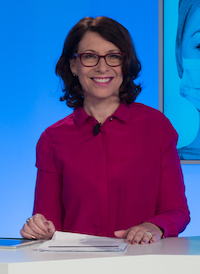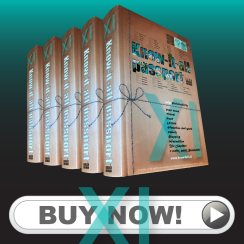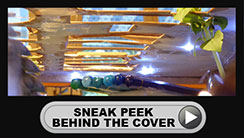
Claire Doole is a former BBC correspondent and international spokeswoman who is passionate about helping people communicate with confidence. Since 2006, she has successfully trained hundreds of professionals in the art of presenting and public speaking, talking to the media, managing communications in a crisis, and writing for the web. In addition, she has coached C-level executives and public figures to give powerful TEDx and TED style talks in Europe and the Middle East. A Swiss and UK national, Claire trains and coaches in French and English.
Claire is also a highly experienced moderator having facilitated panel discussions with government ministers, NGO activists, humanitarians and human rights specialists at major events.

By Claire Doole, Claire Doole Communications
There can’t be many subjects that provoke more heated debate than the Israeli/Palestinian conflict. So when the founder of the Geneva Human Rights Film Festival (http://www.fifdh.org/site/en/home) asked me to moderate a debate on the subject last week, I knew I had my work cut out.
As a former BBC journalist, I follow current affairs but I am not a subject expert. Yet at the Festival I would have a room full of subject experts. There are large Jewish and Arab communities in Geneva and many organisations that work towards ending the conflict.
Preparation was crucial if I was not to make a diplomatic faux pas and do justice to the speakers: Israeli professor and peace activist, Daniel Bar-Tal, founder of Stop Israel Save the Occupation (http://www.siso.org.il) and Palestinian peace activist, Ali Abu Awwad, founder of the Tarir/Change Movement and Roots initiative (http://www.friendsofroots.net/the-people.html).

Photo credit: © UN photo / Elma Okic
By Claire Doole, Claire Doole Communications
I am watching closely as the 34th session of the UN Human Rights Council starts in Geneva. I am hoping that some of the diplomats I trained recently in public speaking for the UN Institute for Training and Research (http://unitar.org) are going to read their statements with impact.
As a former BBC Geneva correspondent I used to cover the Council and despair of finding a clip that I could use of a diplomat who was sounding natural and looking confident. Most of them would read their statements looking down at their text and in a monotonous tone.
I accept that sometimes diplomats don’t want to draw attention to their statements or at least not find themselves on the BBC news. However, often, on an issue as important as human rights, they do want to stand out and make their voices heard.
So, what are the techniques for making sure that when you read a prepared text such as a speech or a statement, people sit up and listen? By the way, these tips apply whether you are a diplomat or not!
One of the best ways to project confidence when speaking in public is to follow a technique mastered by some of the great public speakers – Ronald Reagan, Franklin Roosevelt, Winston Churchill.
They all managed to read a speech, sounding conversational and unscripted, using a technique known as “See-Stop-Say”.

Photo credit: CNN
By Claire Doole, Claire Doole Communications
The Greeks got it right 2500 years ago. If you want to influence or persuade people you have to show ethos (character), pathos (emotions of the audience) and logos (the logic of the argument).
This principle – known as Aristotle’s Golden Triangle – is the cornerstone of powerful oratory – used by politicians, leaders and laymen when speaking in public.
So on the day we bid farewell to President Obama and usher in four years of Donald Trump as US Commander in Chief, I thought it would be interesting to briefly assess his inaugural address and see how he applied the golden triangle.
Aristotle argued that ethos, pathos and logos were not only equally important but also mutually supportive. For instance, a speaker would be more likely to sweep his audience along with his emotional appeal, if he had previously established his credibility and constructed a robust argument.
But does this hold true with Donald Trump, known for his pathos but not necessarily for his ethos and logos?
To date, Trump has made very few scripted speeches. At many of his rallies he spoke off the cuff, playing to his unstructured conversational style.
Would he have less pathos when constrained by a speech and a teleprompter but more ethos and logos?

By Claire Doole, Claire Doole Communications
Emmanuel Macron, the French presidential hopeful, was getting ready to take the stage, and all I knew as panel moderator was that he was meant to sit in the chair second to the left.
He and I were taking part in the Women’s Forum for Economy and Society in Deauville. I had no idea what he would say on our panel discussion about the economic advancement of women. His PR team were nowhere to be found.
So when the makeup artist whispered to her colleague that she was about to go upstairs to do his make-up, I followed her into the inner sanctum.
I needed to know if he was willing to speak in English – a red line for some French politicians – or whether he would be speaking through an interpreter. I wanted to briefly introduce myself and the first topic for discussion – the gender pay gap between men and women. From experience, I know it is important to build rapport with high-level panelists, and to sense if they get my British humour.
He did – peering over my clipboard and asking what questions I would be posing – in perfect English.









